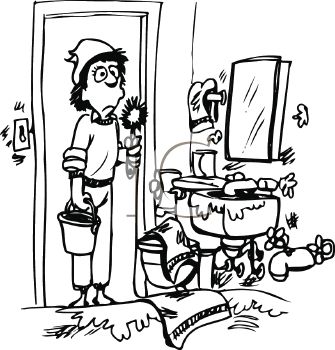Found this during a recent training course, this lady is an absolute expert in her field and she has a fantastic blog called the Rugchick. If you love your rug I strongly suggest you check her out, her name is Lisa Wagner. I have taken the below from her blog to give you an idea of what you can expect to find. Happy reading Rug Lovers.
How To Vacuum Your Rug Properly.
Written by Lisa Wagner (http://rugchick.com/how-do-i-vacuum-my-rug/)
We are going to talk about three main categories of rugs: WOVEN, TUFTED, and SHAG.
WOVEN rugs are rugs were you can see the design/knots on the back side of the rug mirroring the front design. TUFTED rugs are rugs where the back side is covered up with material because it is held together with latex. SHAG rugs are the popular long pile rugs we are seeing all over the place today.
There is not one vacuum that is best for all three styles, but many better vacuums offer you options on using their suction/brushing abilities in different ways.
DUST Often.
You need to think about the process of vacuuming your rugs as DUSTING them. And dusting them often.
If you have hard floors in your home, then you know how often a fine layer of dust settles on all of your surfaces. Depending on where you live, and how good your air filtration system is, you may be dusting your surfaces – counters and floors – daily, or at least weekly.
These fine dust layers are also falling on your carpet and rugs. You just are not noticing it as much as on your smooth, flat surfaces.
With your wall-to-wall carpet, those thicker, more compacted fibers can hold up to a full POUND of dry particulate per square foot before it begins to look soiled. That is a lot of dust and grit. (This is why true professional carpet cleaners will vacuum your carpet BEFORE they steam clean it, in order to remove the bulk of that soil before getting it all wet.)
With your WOOL rugs, which are a looser construction than your installed carpeting, the level of dry soil can reach a pound per square yard before it begins to look dirty. (It is not uncommon for us to pull 2-5 pounds of dry soil out of a rug with our pre-wash dusting.)
The danger with this grit not being dusted away when it has settled on the tips of your wool rug’s fibers is that it begins to get ground down into the base of the rug. When this happens, those sharp edged little tiny rocks cut at the fibers, and this is what creates the wear areas in your rugs. You begin to see the white cotton foundation fibers show through as white lines and white knots.

White cotton foundation threads exposed when wool knots are wearing down.
The trick then is to capture that dust/grit BEFORE it makes its way down into base of the fibers of your rug.
If you are not regularly vacuuming your rugs, and it has been 2 years or more since your last rug washing, then you will NOT be able to get ahead of the curve in protecting your rug. So go get it washed, and then begin this regular dusting routine.
If your rug has recently been washed, then you should not have any (or very minimal) embedded soil in the foundation, so the goal is to keep that build up of dust/grit low until the next washing.
With whatever vacuum you use, for dusting it is the “suction” that is more important than the power brushing. In fact, most brushes will be too aggressive for wool, so if you have a beater bar upright vacuum, you will likely set it at the very highest level (to keep it from digging into the wool pile) or shut the bar rotation off if your vacuum allows you to do that.
We are “dusting” the rug, not beating the living daylights out of it.

